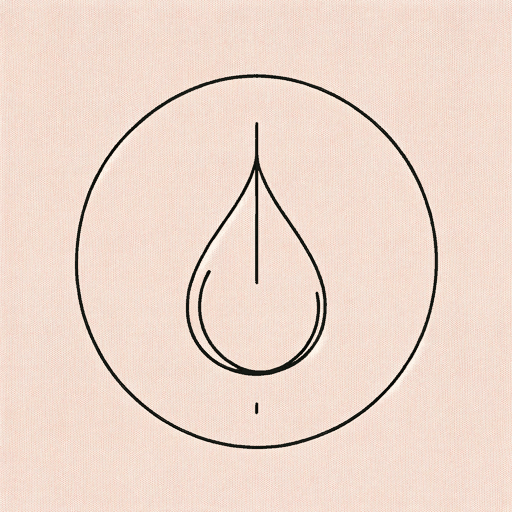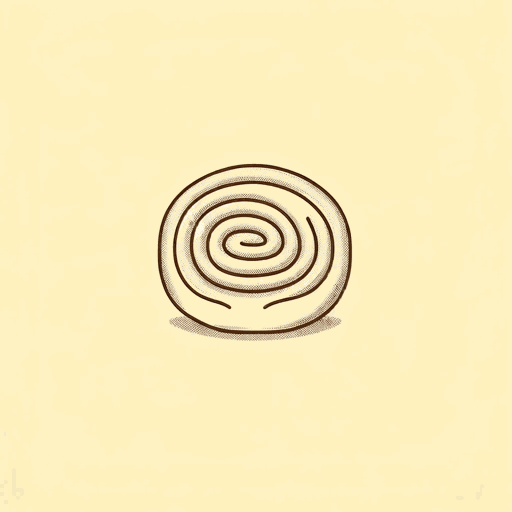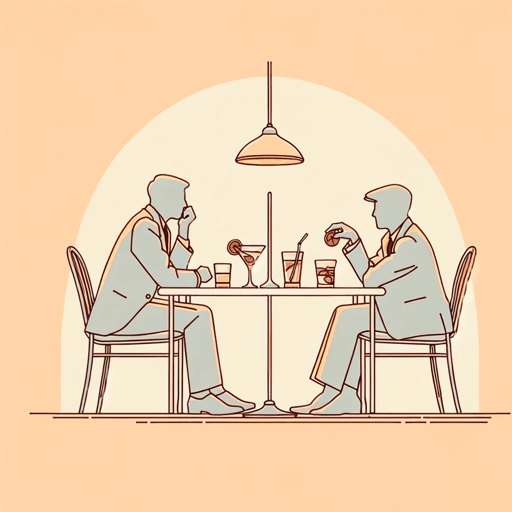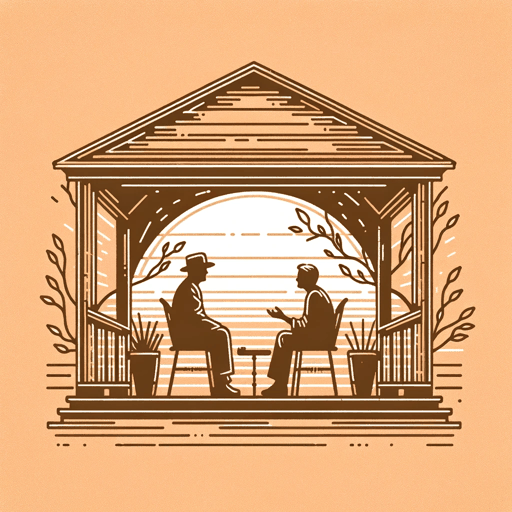40 pages • 1 hour read
Raymond CarverSo Much Water So Close to Home
Fiction | Short Story | Adult | Published in 1981A modern alternative to SparkNotes and CliffsNotes, SuperSummary offers high-quality Study Guides with detailed chapter summaries and analysis of major themes, characters, and more. For select classroom titles, we also provide Teaching Guides with discussion and quiz questions to prompt student engagement.
Summary and Study Guide
Summary: “So Much Water So Close to Home”
Content Warning: Both the story and the guide reference the graphic murders of women and feature ambiguously consensual sex as well as general misogyny.
“So Much Water So Close to Home” is a short story by American writer Raymond Carver; it first appeared in his 1981 collection What We Talk About When We Talk About Love. The story’s earlier iteration, which this guide discusses, embodies the extreme minimalism Carver employed during this phase of his career. Two years later, he published a significantly expanded version of the story in the collection Fires; the additional 20 pages flesh out the narrator’s backstory and inner thoughts while also rendering the tension between her and her husband much more explicit (and violent). Despite these differences, both versions of the story reflect Carver’s “Dirty Realist” style, which depicts ordinary—even sordid—events in unsentimental prose. This guide refers to the 1989 version of the story collected in What We Talk About When We Talk About Love, published by Vintage Books.
The story is told from the wife’s (Claire) point of view. The conflict between husband and wife is evident from the opening lines: “My husband eats with a good appetite. But I don’t think he’s really hungry” (79). Despite her husband’s protestations, Claire answers a ringing telephone that interrupts their meal. Though neither the identity of the caller nor the subject of the call is revealed to the reader, the husband’s agitation is clear. He refers to an unspecified event, insisting that he did nothing wrong. Claire says very little, and the husband soon provides further hints as to the nature of the incident, saying, “She was dead […]. And I’m as sorry as anyone else. But she was dead” (80). The dinner ends as the husband leave the table and exits the house to read the newspaper, which Claire notes contains the details of the incident. Claire’s frustration becomes apparent as she sweeps the dirty dishes onto the floor instead of washing them.
Claire then reveals the details of what occurred the previous Friday: Her husband—Stuart—and a group of his friends stumbled upon the body of a dead woman while camping during a fishing trip. The men briefly debated the best course of action but decided to leave the body and proceed with the trip as planned. They drank, played cards, and fished. At one point, the group decided they should tie the body to a tree to prevent the river’s current from carrying it away. After two days, the group packed up and decided to inform authorities of the body: “It was Stuart who made the call while the others stood around in the sun and listened. He gave the sheriff their names. They had nothing to hide. They weren’t ashamed” (82).
Stuart returned that night; Claire was already asleep. The couple had a brief sexual encounter: “I turned and opened my legs. Afterwards, I think he stayed awake” (82). The next morning, Stuart received several phone calls regarding the body, which angered him. The calls prompted him to reveal the discovery of the body to Claire.
The narrative returns to the present moment: Claire cleans up the broken dishes and asks Stuart if they can take a drive. The couple drives “through town without speaking” (83); Stuart stops to buy some beer, and then the couple continue driving until they reach a picnic area near a creek. Claire studies the men fishing there and asks Stuart why he must travel to fish when opportunities to do so surround their home. Stuart is agitated and refuses to discuss the trip. Claire references a murder of a girl—Arlene Hubley—that took place near her hometown when she was young, noting that the perpetrators thew the headless body in a nearby river. Stuart refuses to engage in conversation, repeatedly accusing Claire of “getting [him] riled up” (83).
The next morning, Claire feigns sleep while Stuart departs for work. She finds a note he left for her, signed “Love,” and then reads the newspaper, which indicates that the murder victim’s identity has been discovered. Claire makes an appointment at a hair and nail salon and mentions the victim’s upcoming funeral to the technician. That night, Claire, without explanation, chooses to sleep on the sofa.
She and Stuart engage very little with each other during breakfast the following day. After Stuart and their son, Dean, have left, Claire leaves a note for Dean and drives to the funeral. On the way, Claire grows agitated as a man driving a pickup truck appears to be following her. The truck passes her, and Claire pulls the car off the road, only for the truck to return. The driver exits his car and asks Claire if something is wrong, but Claire refuses to talk to him. She pleads with the man that she is in a hurry to leave and becomes increasingly upset, noting the man “looks at [her] breasts, [her] legs” and insisting she “can tell that’s what he’s doing” (86).
Claire attends the funeral. Afterward, an attendee comments to Claire that the murderer has been arrested. The woman recounts knowing the victim since the victim was a young girl.
Claire arrives home to find Stuart drinking and becomes panicked when she does not know where their son is. Stuart insists Dean is merely outside and propositions Claire for sex. Claire consents but is unengaged: “He says something else. But I don’t need to listen. I can’t hear a thing with so much water going” (88). She resumes unbuttoning her blouse and then tells Stuart they should hurry to complete the act while their son is out of sight.
Related Titles
By Raymond Carver






